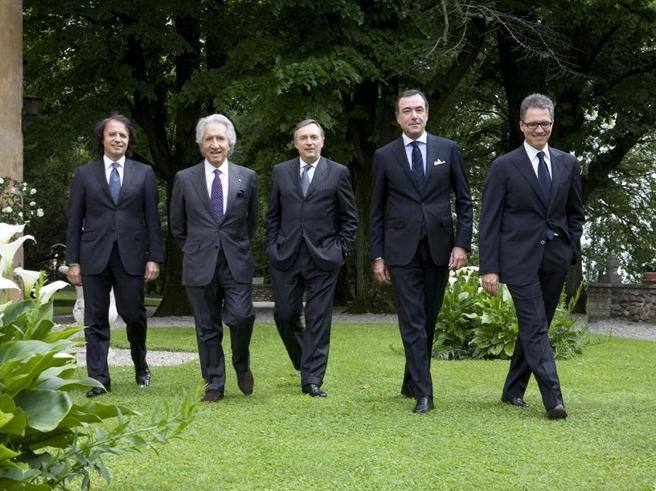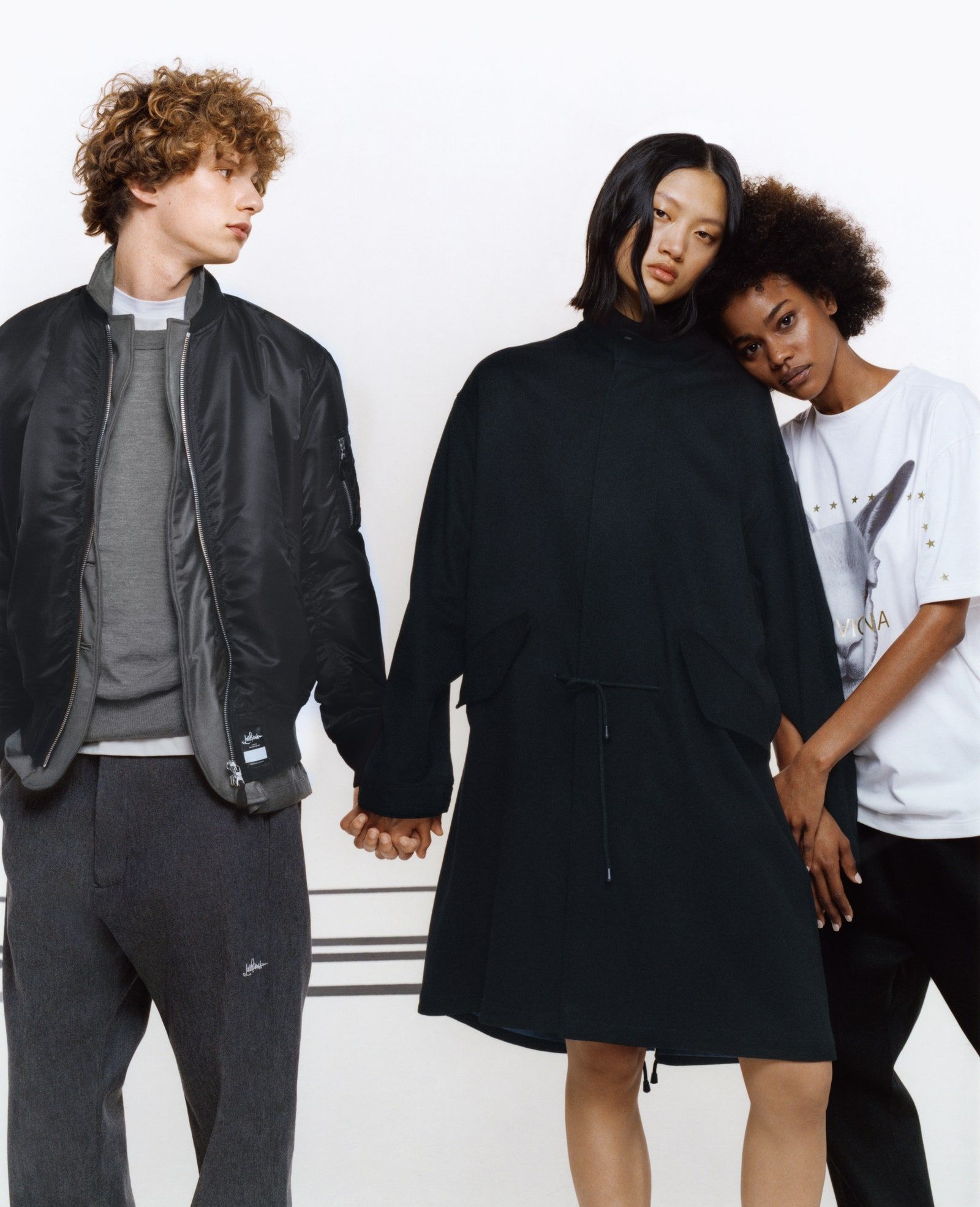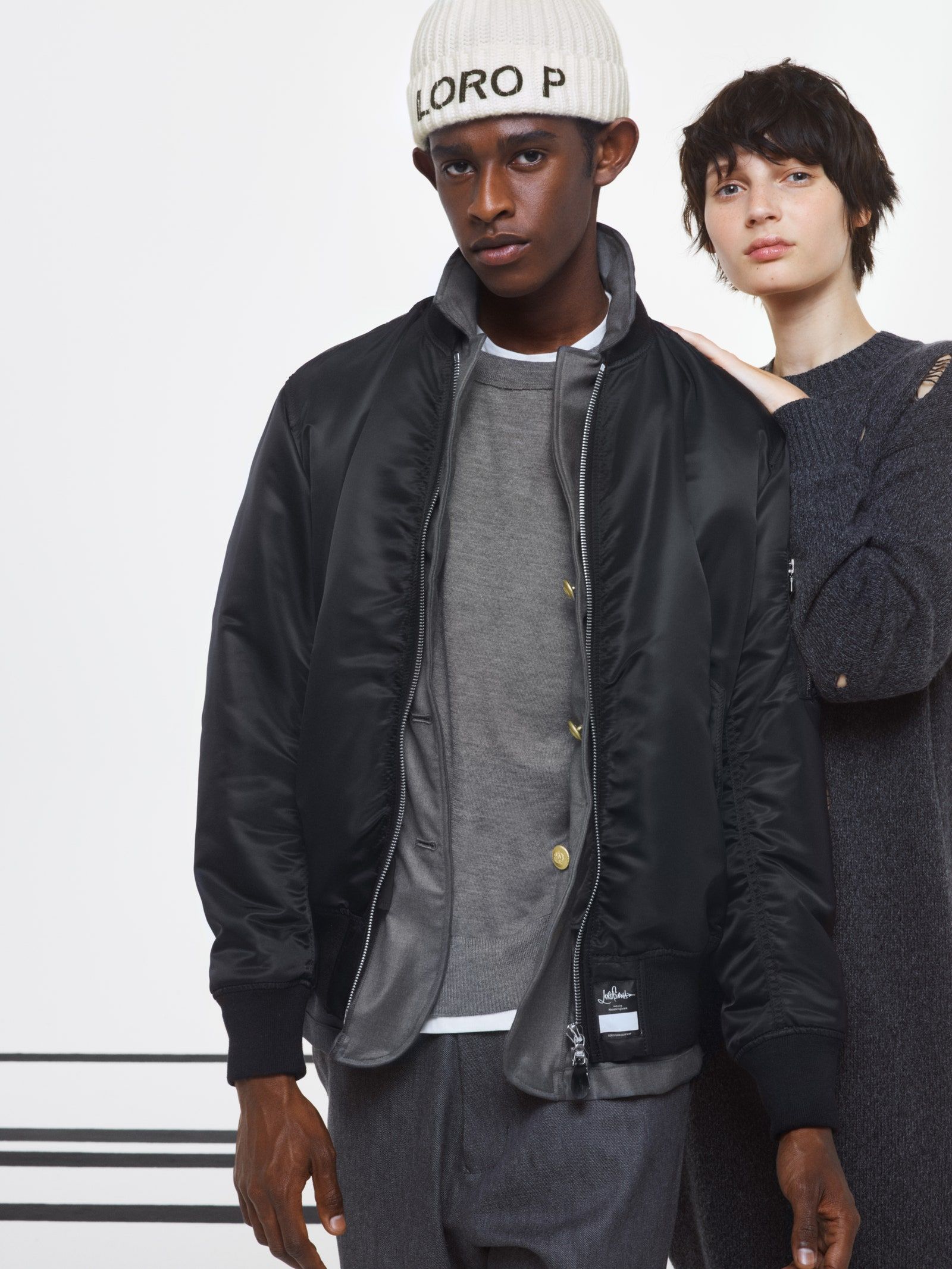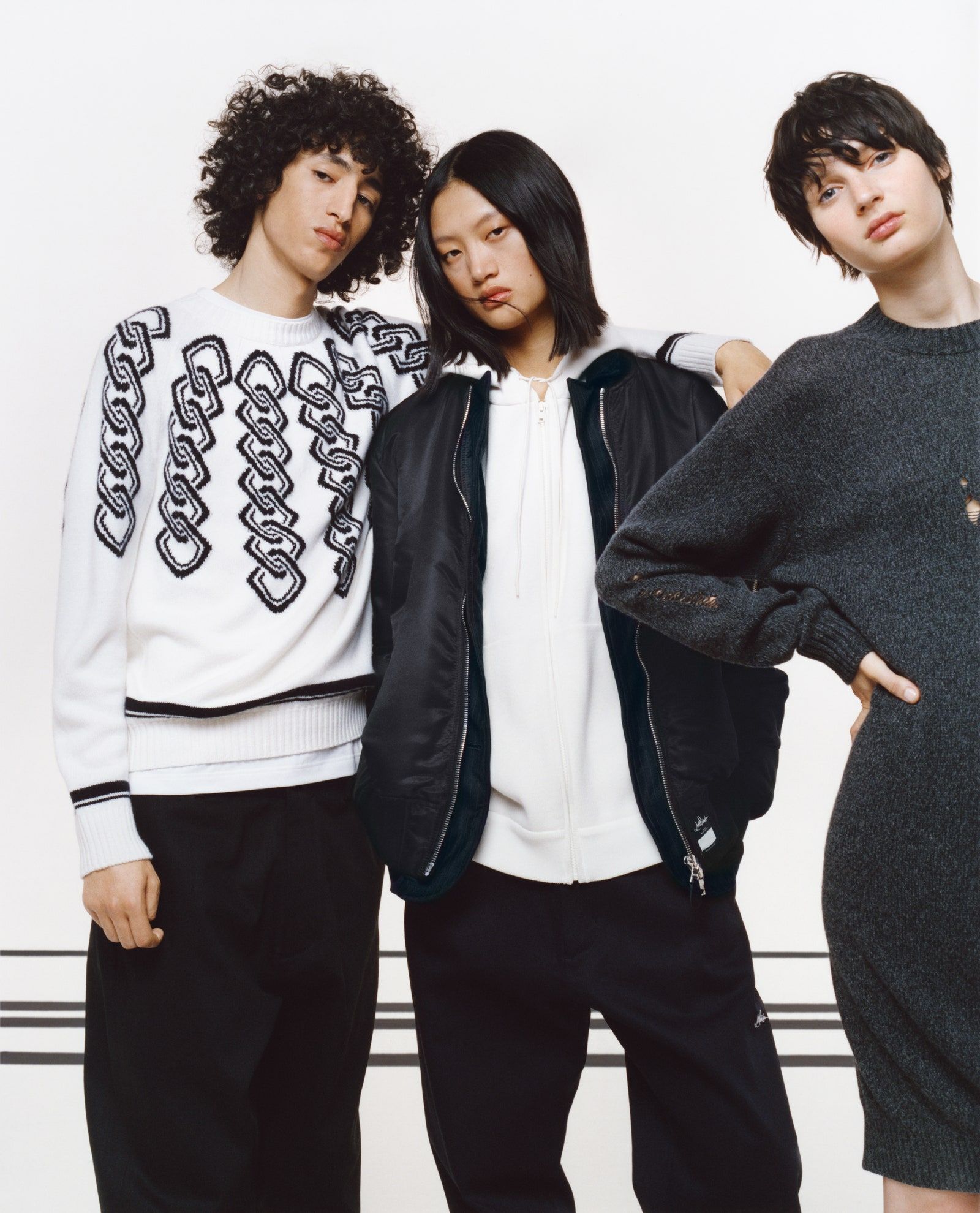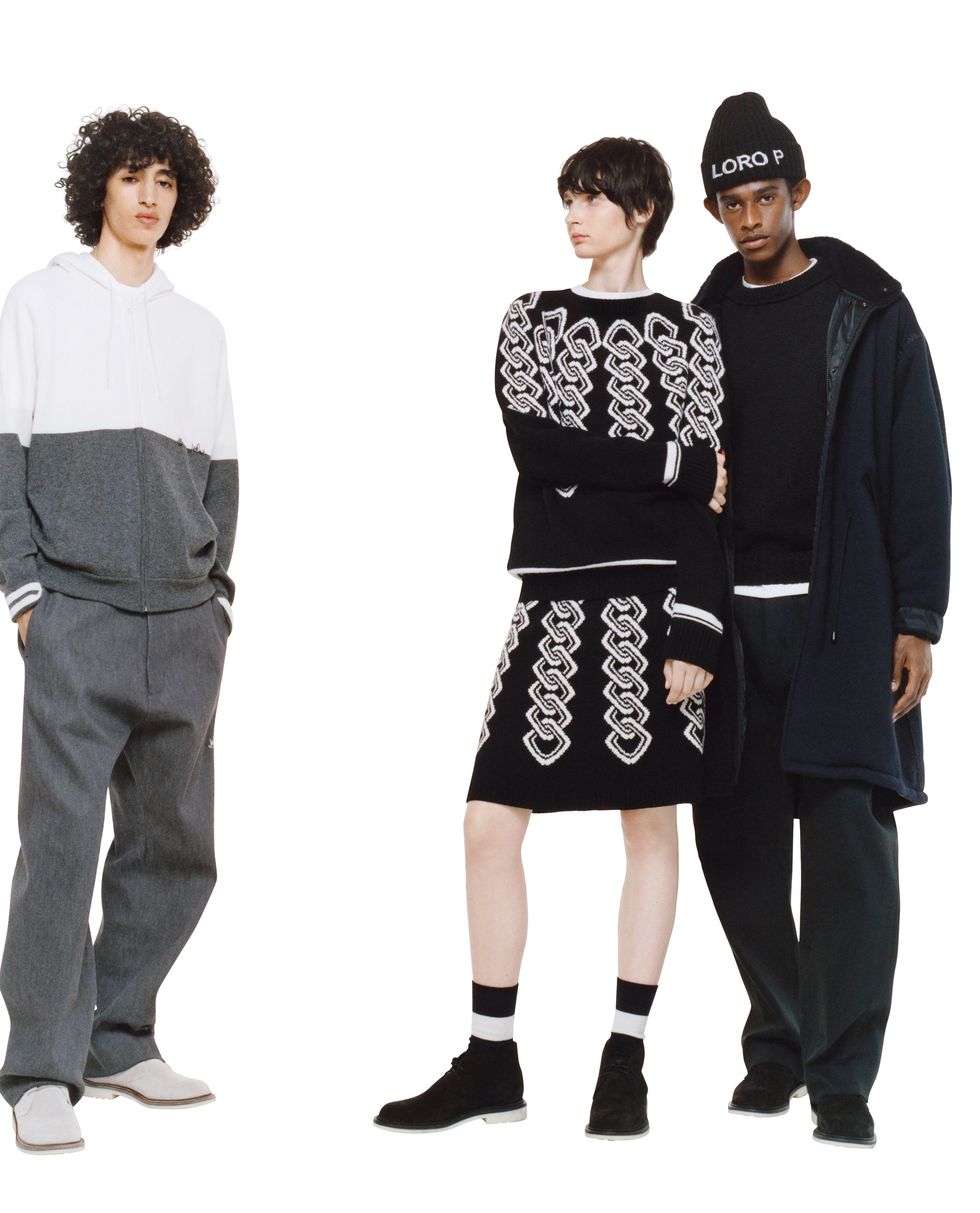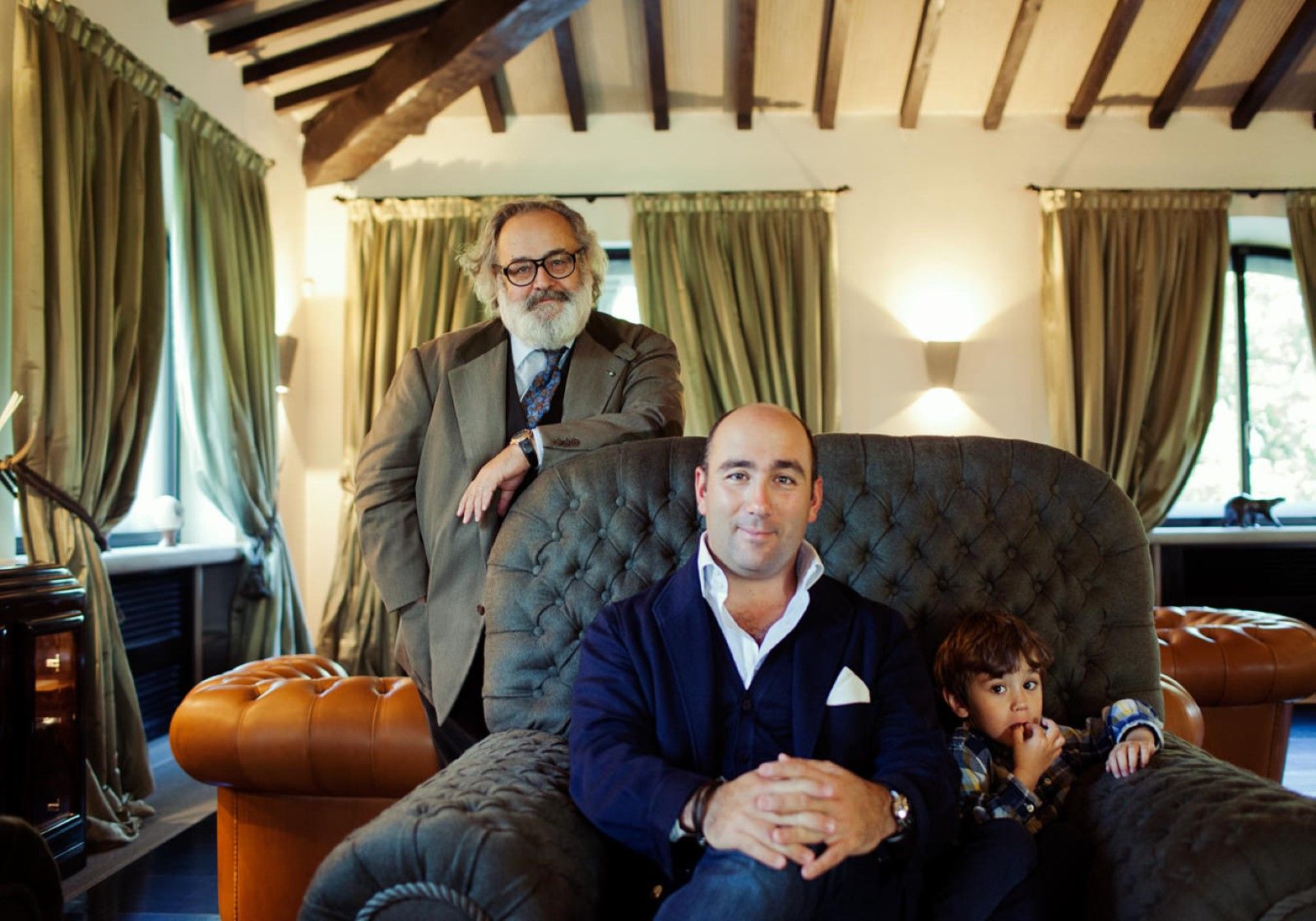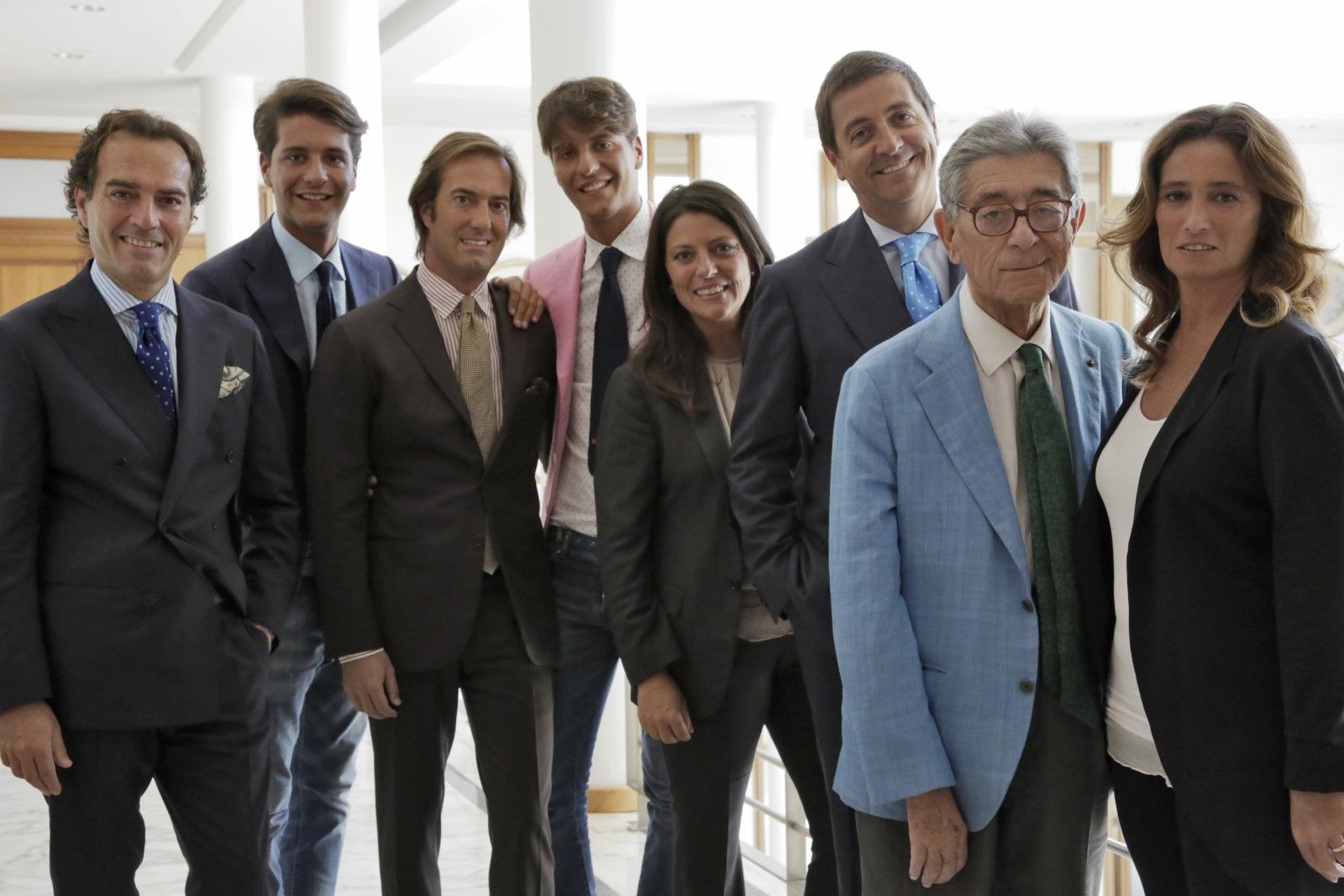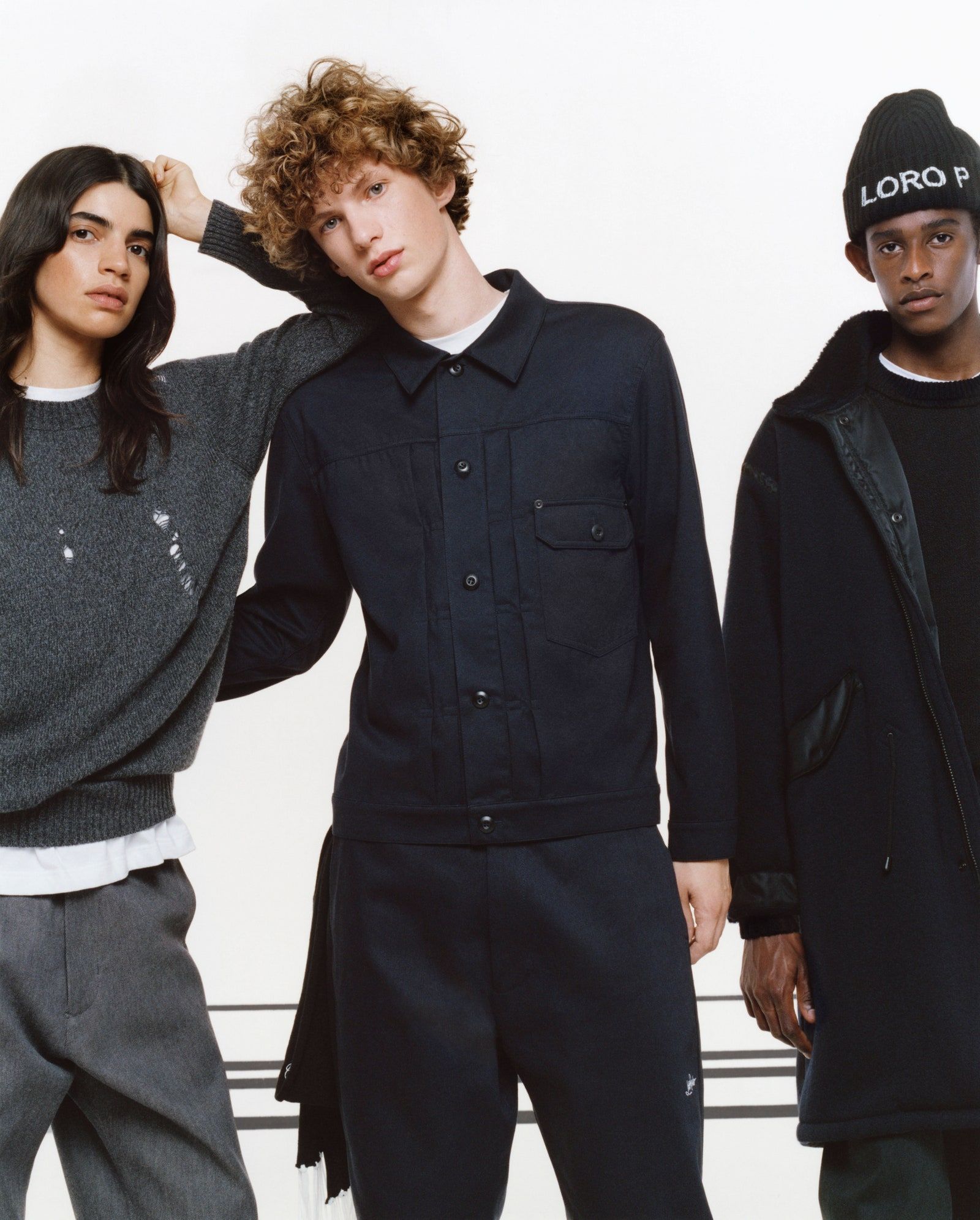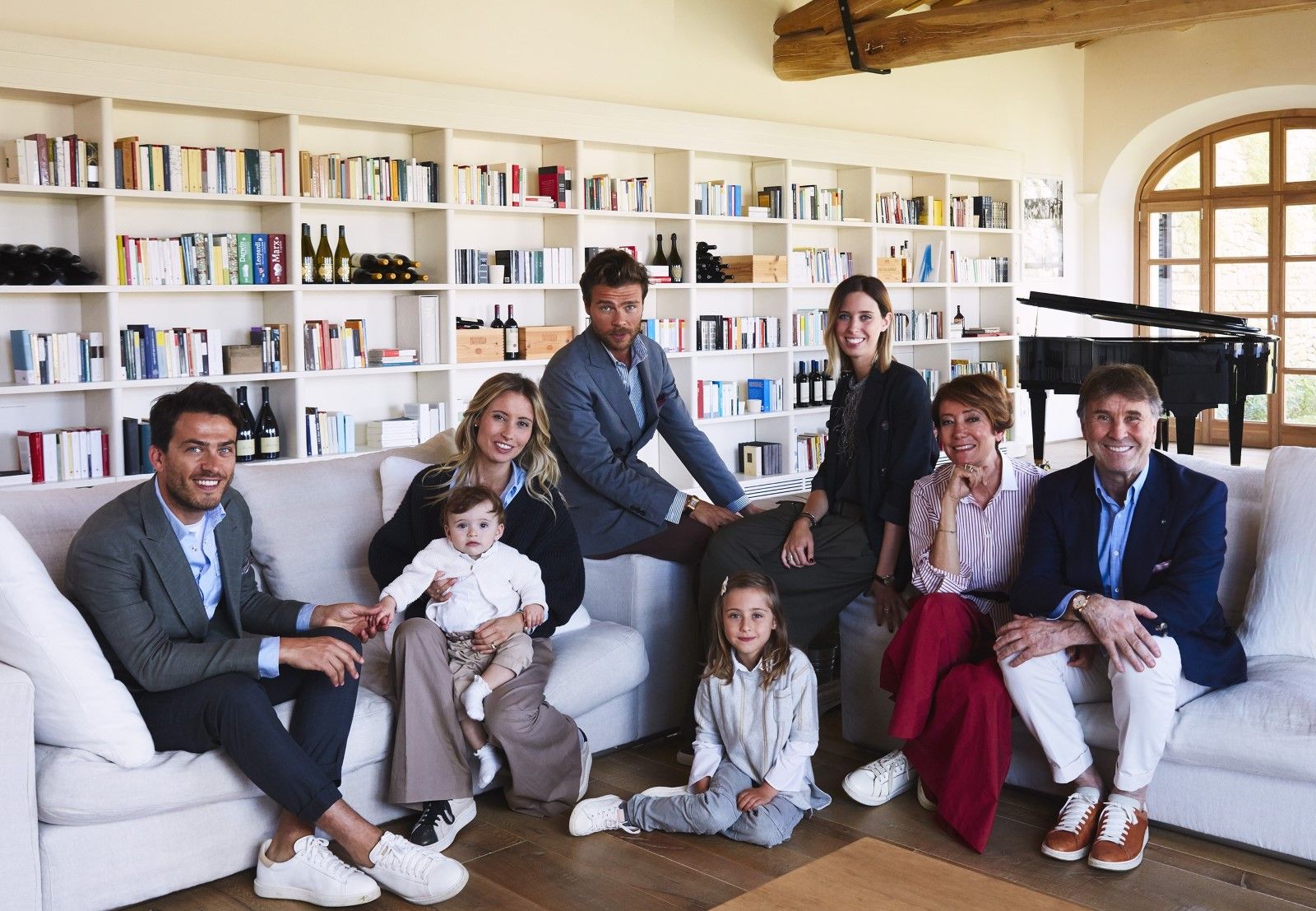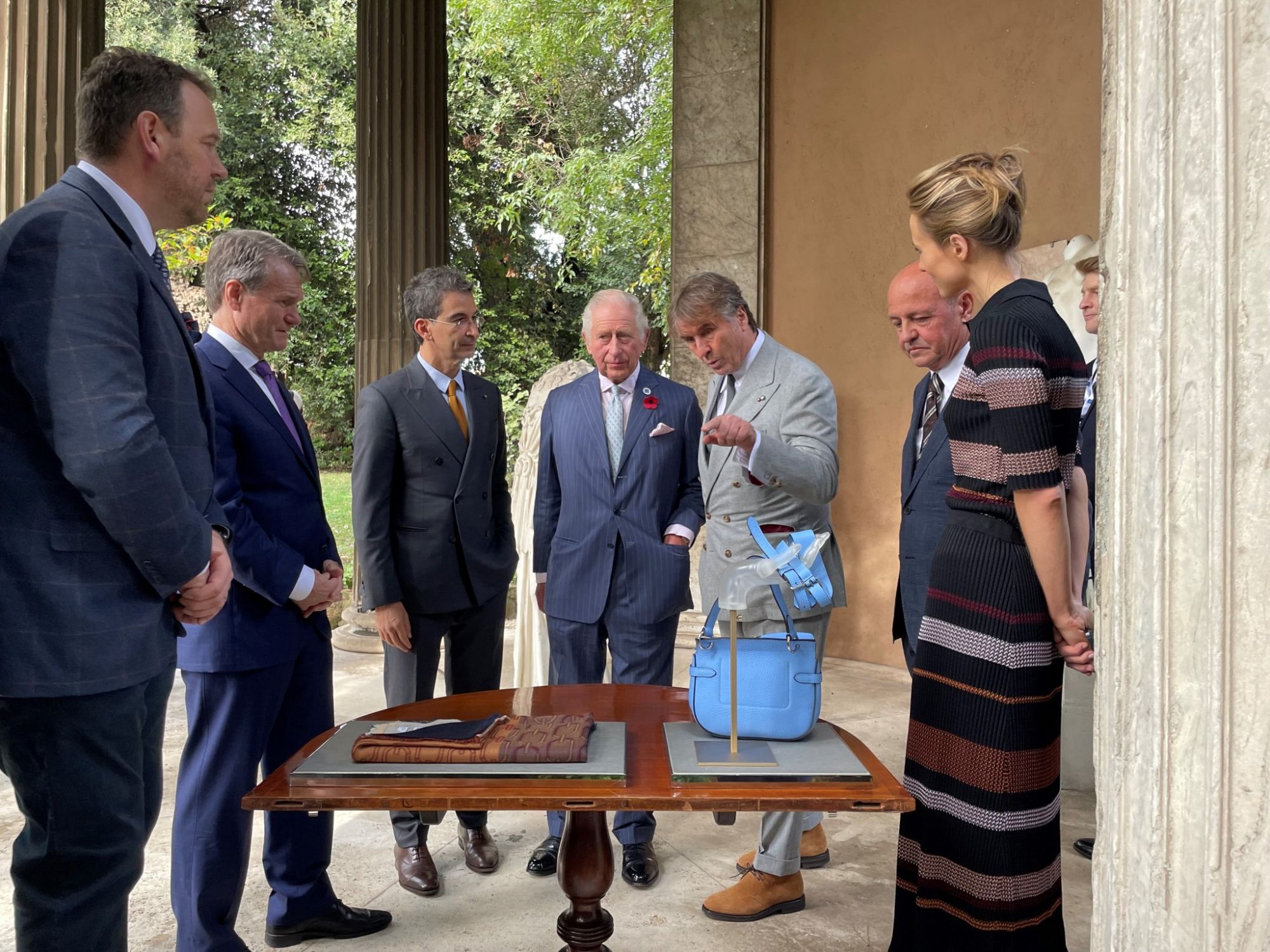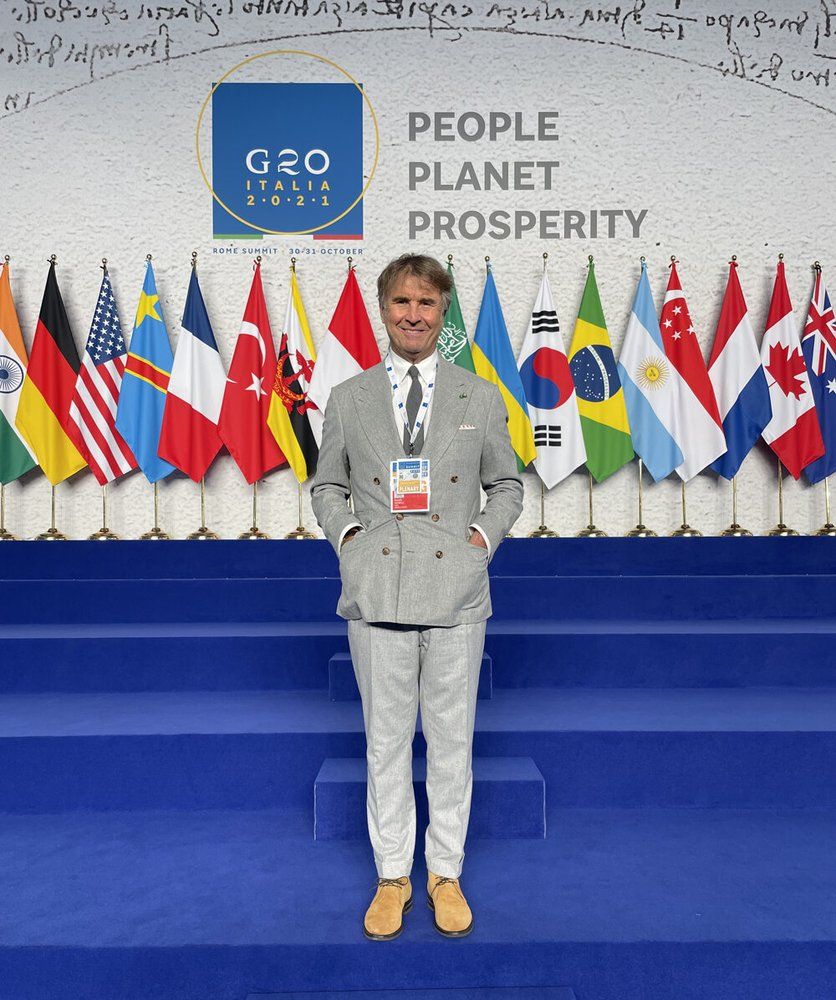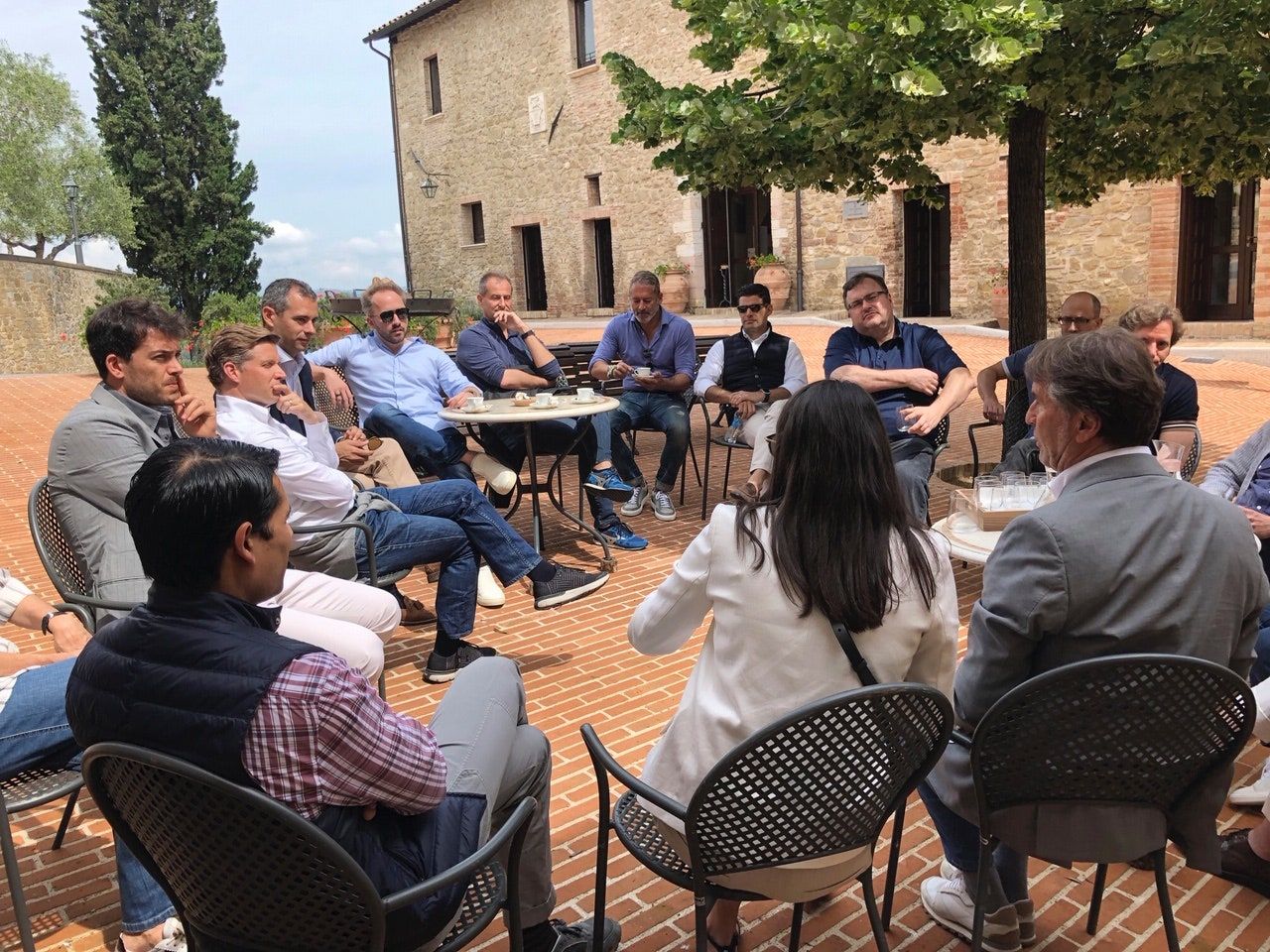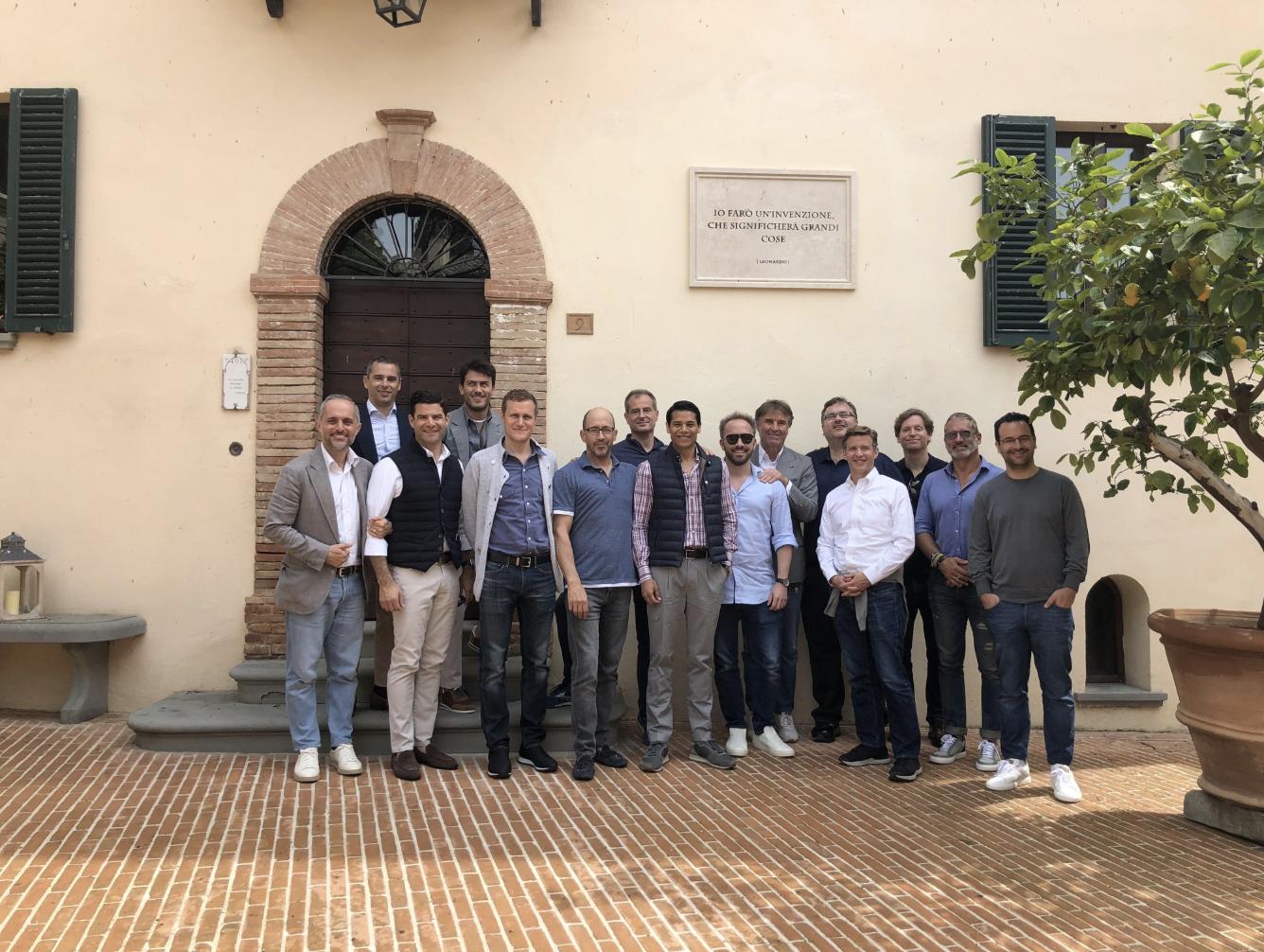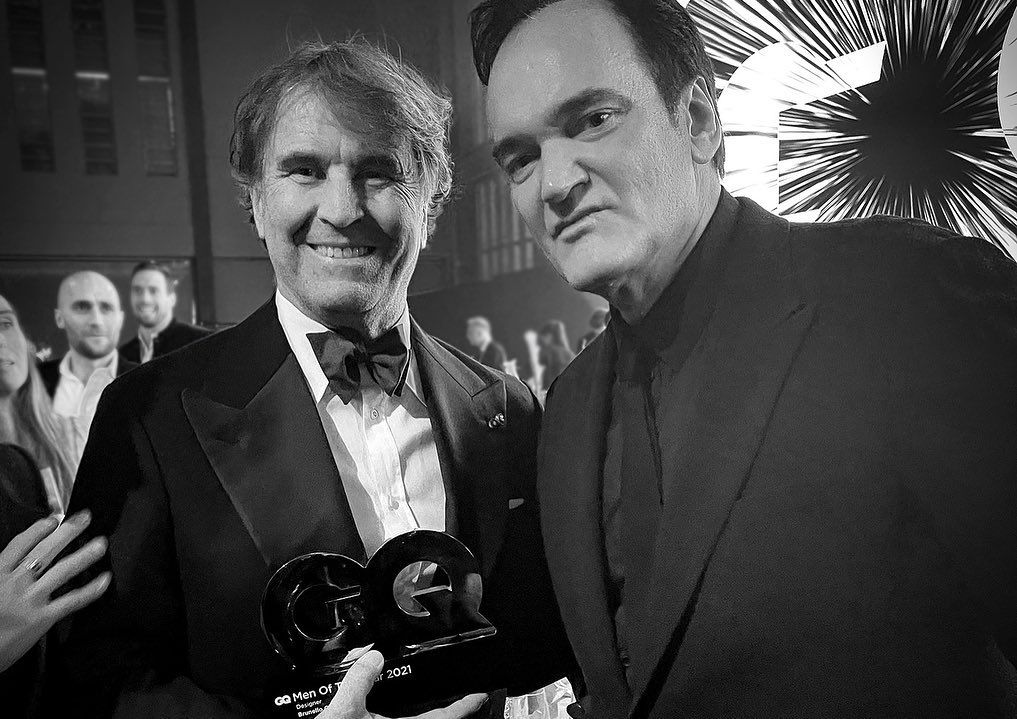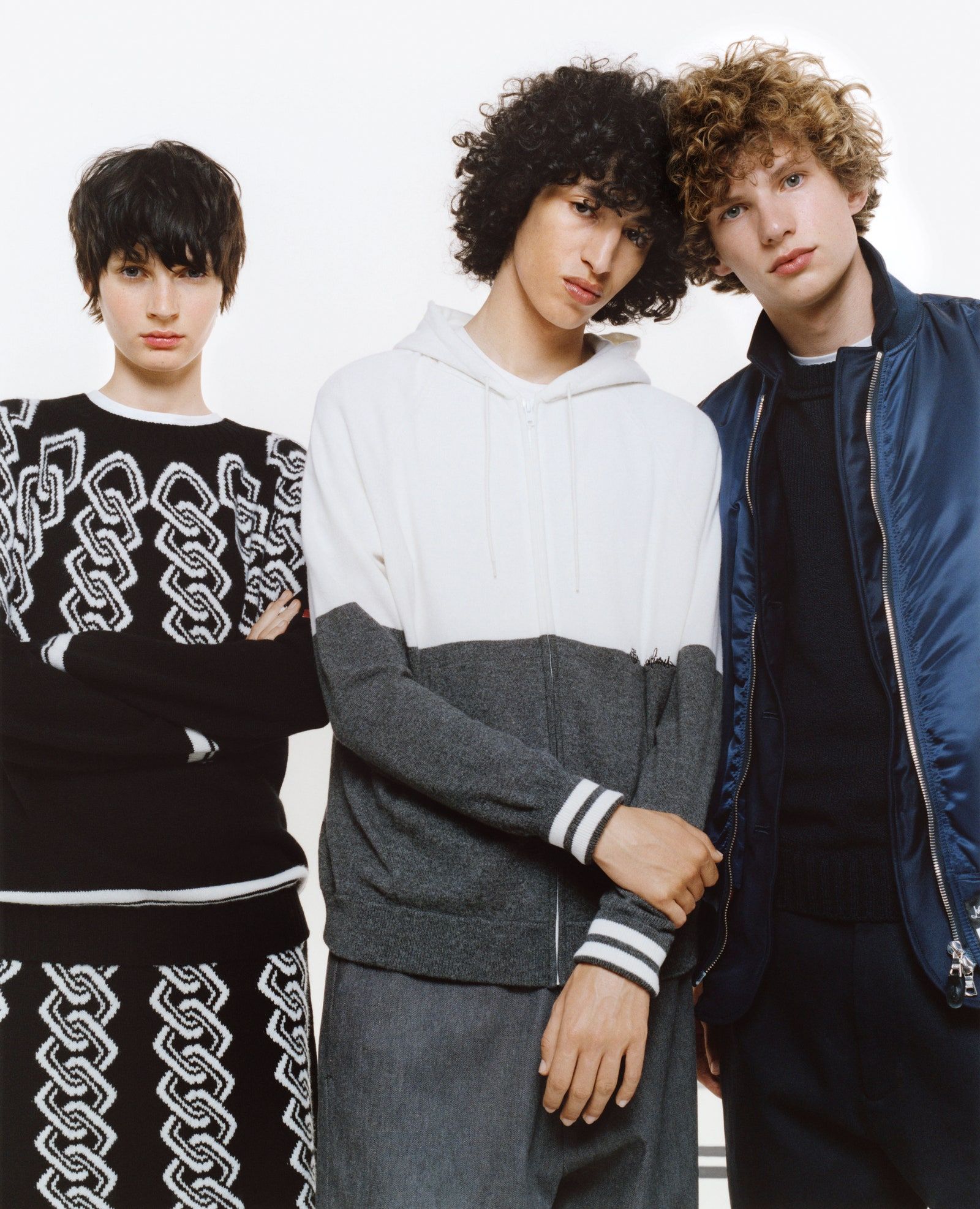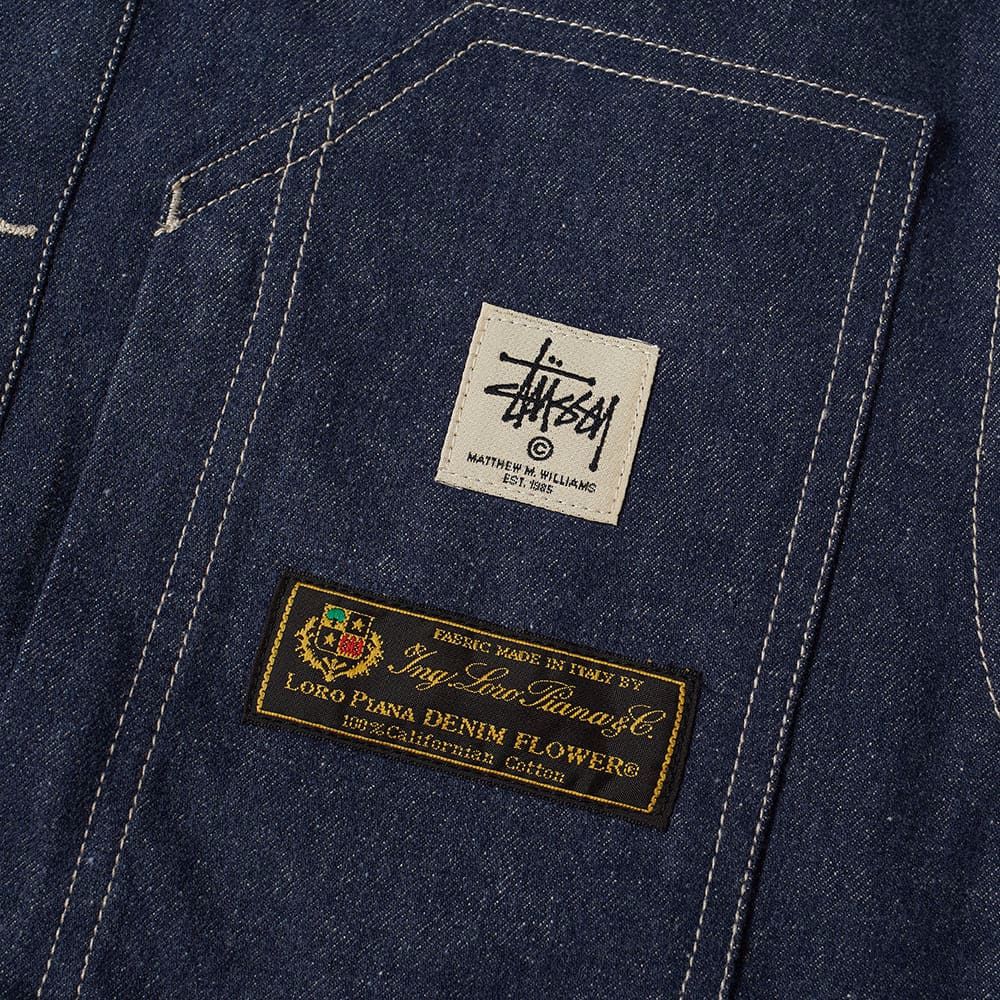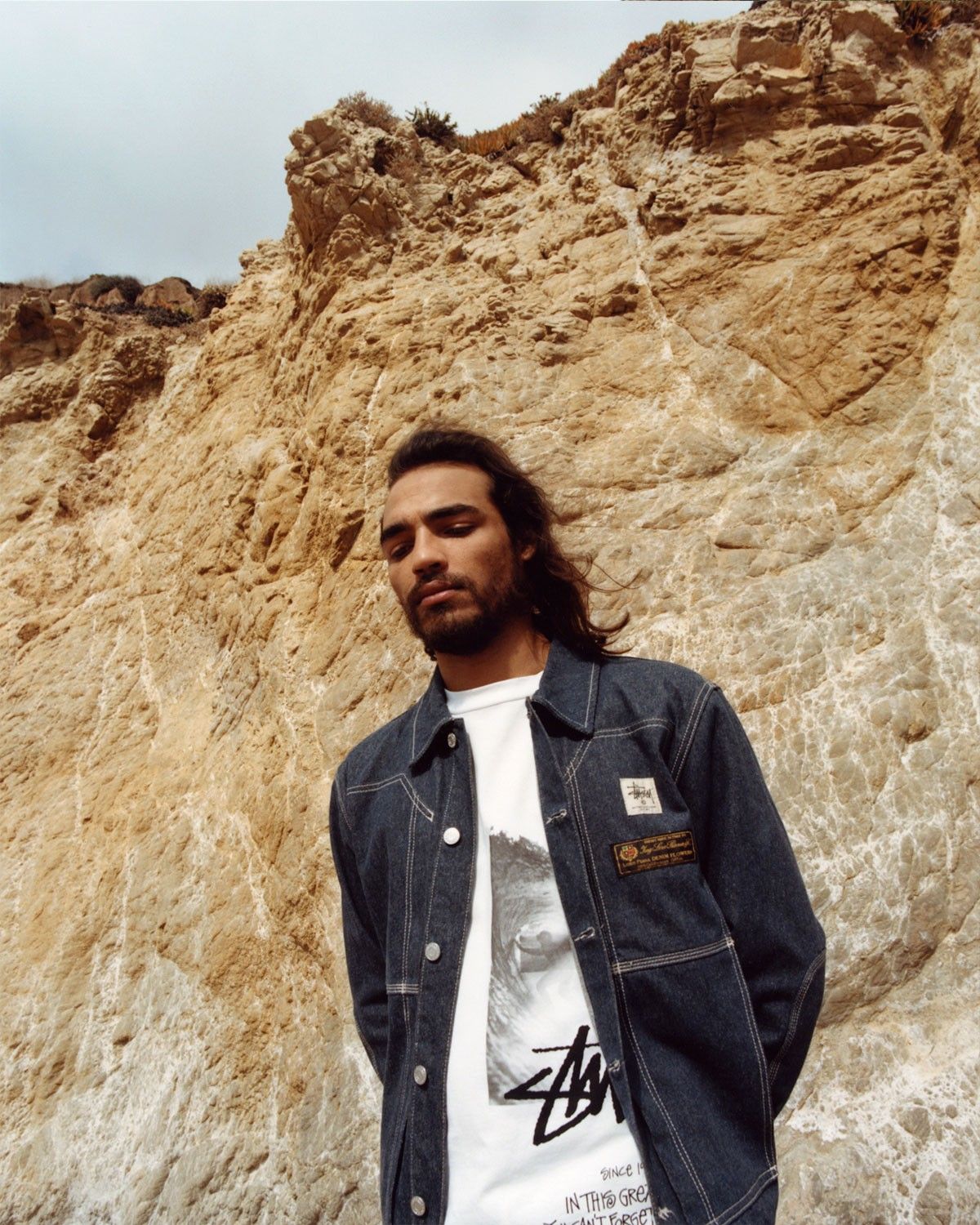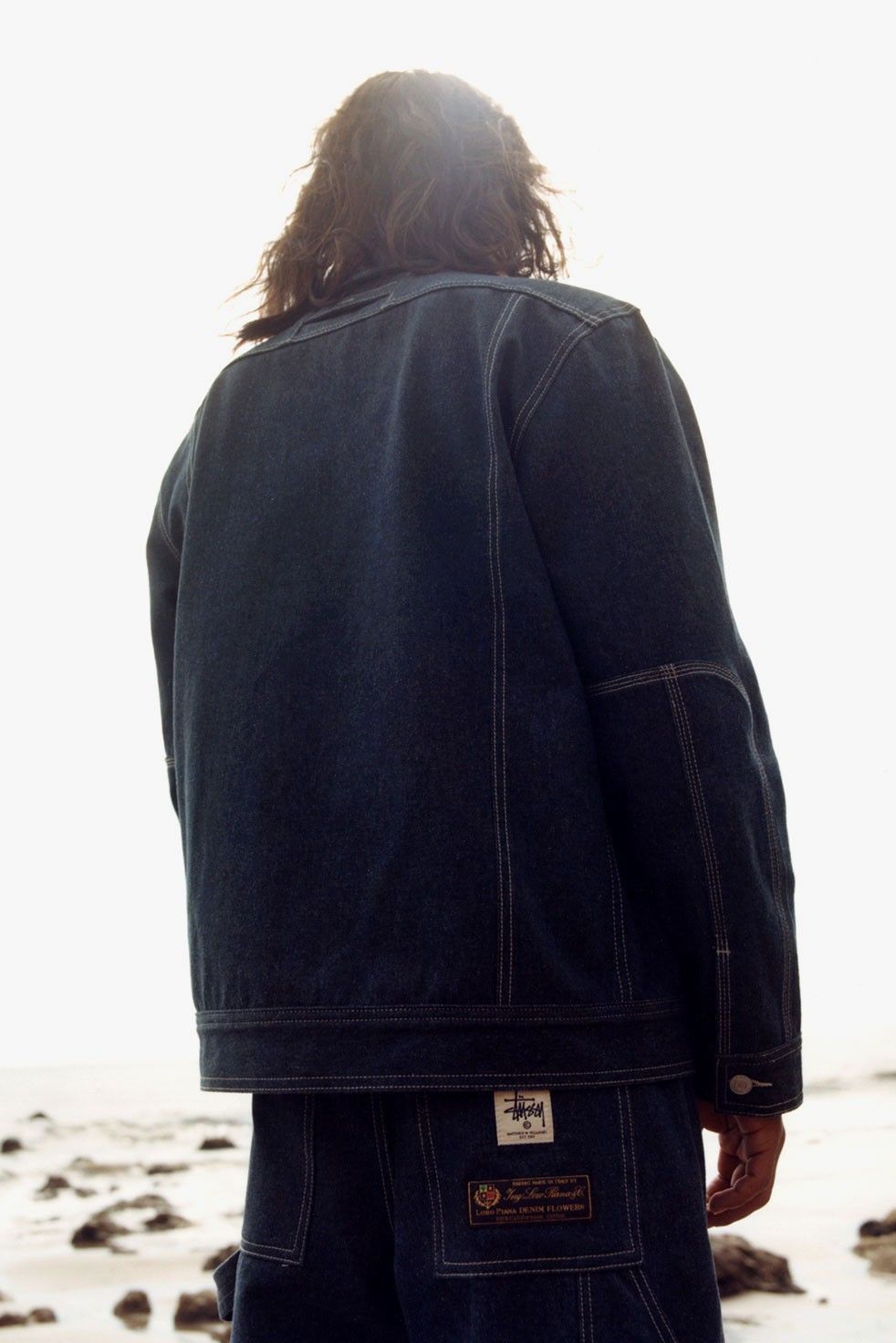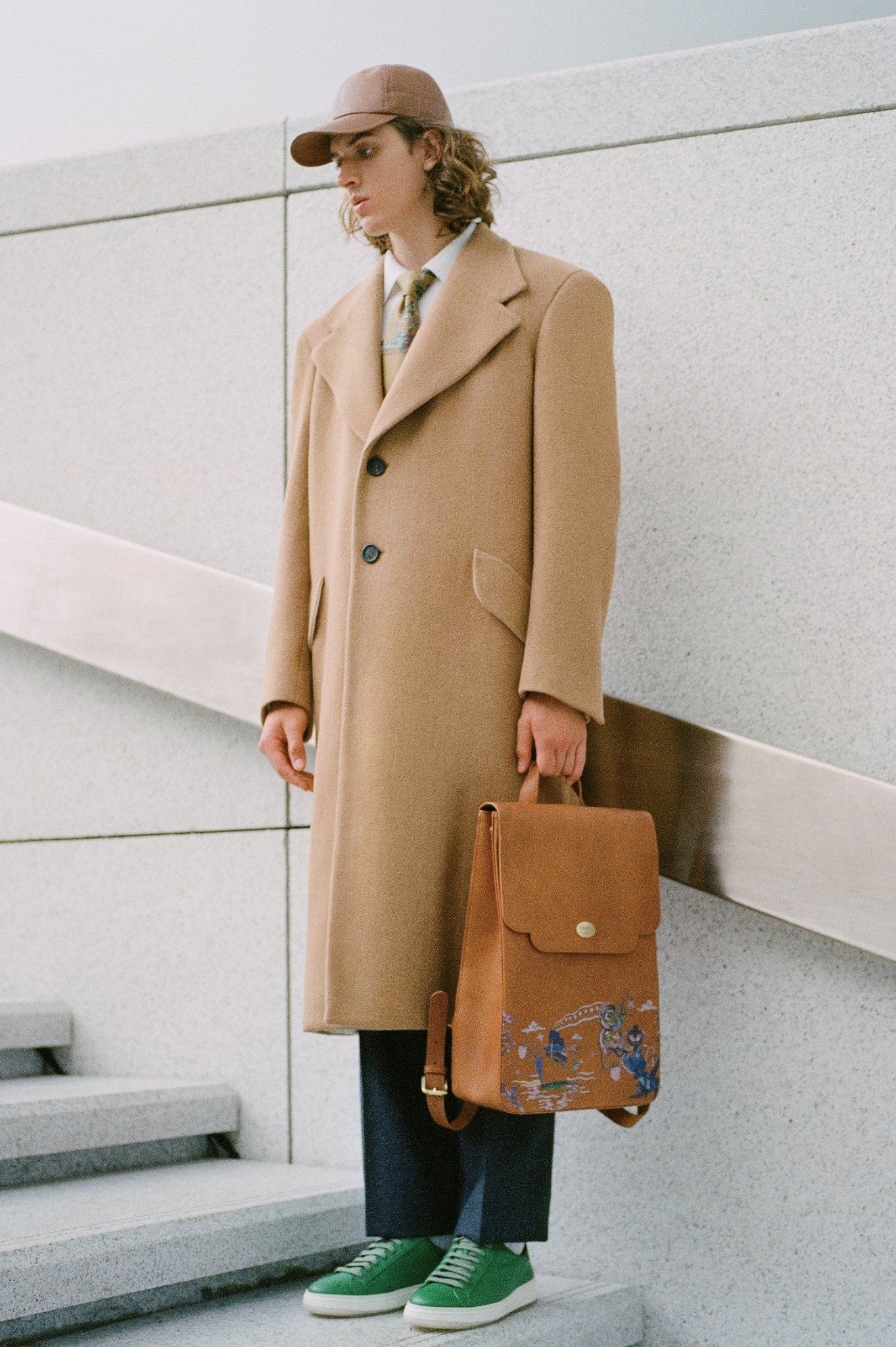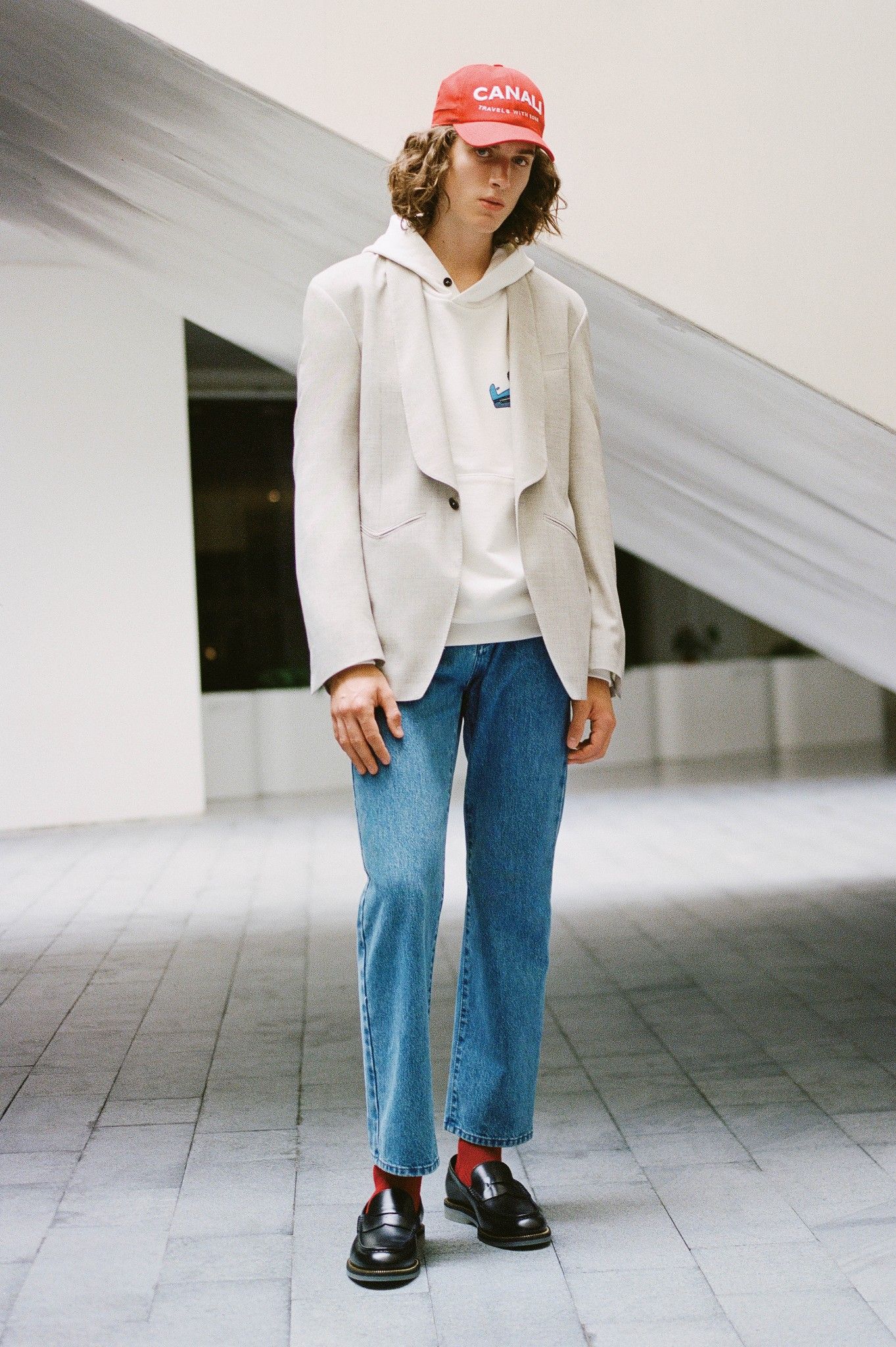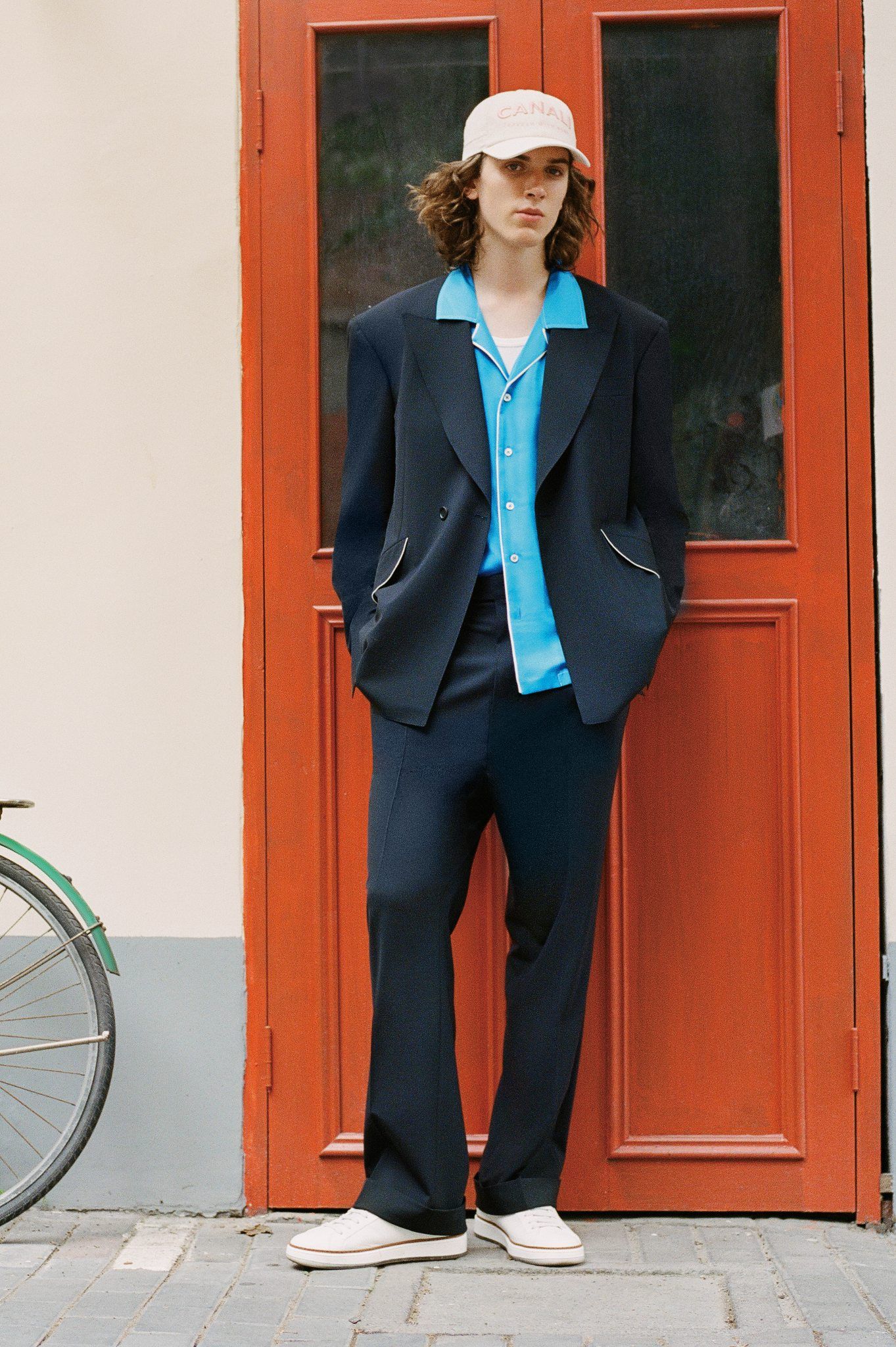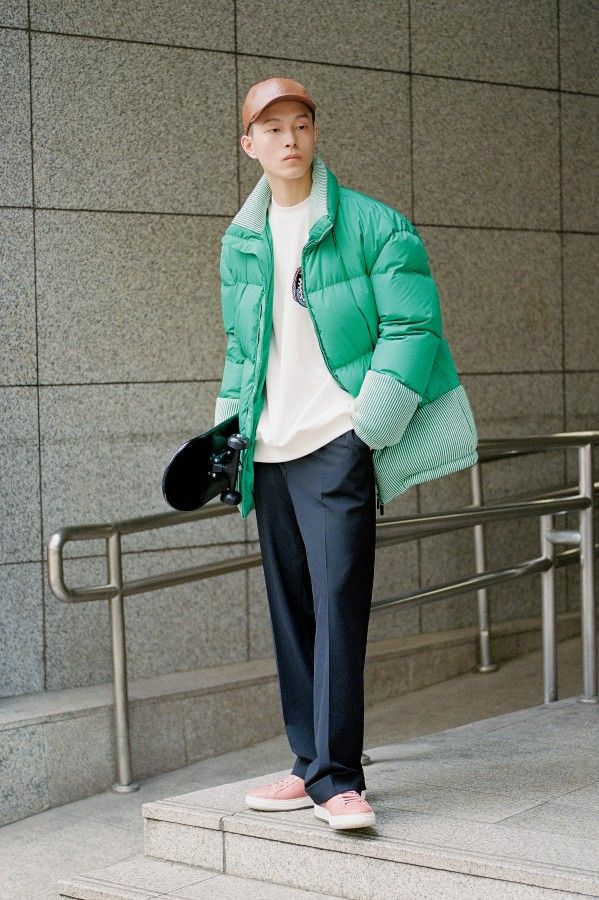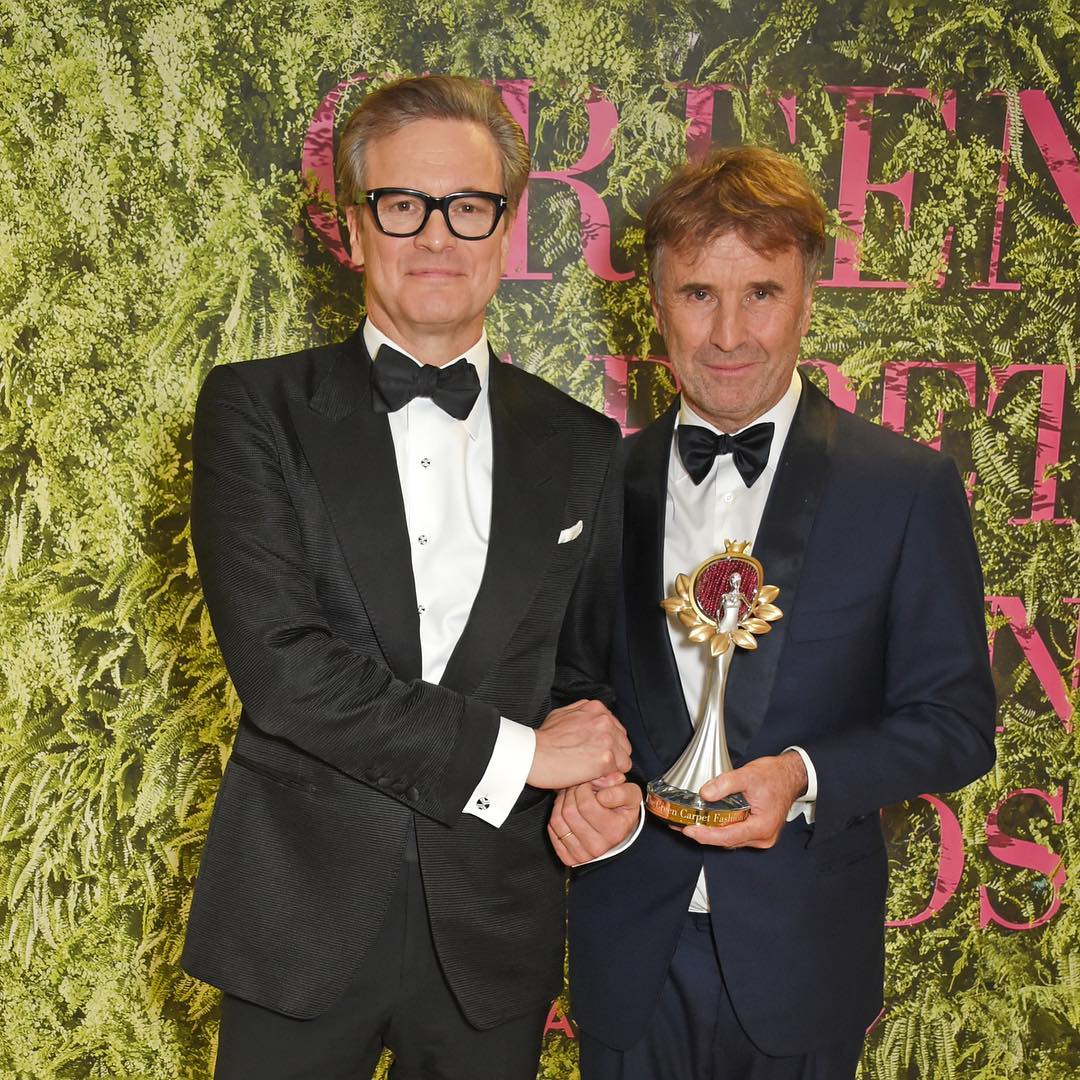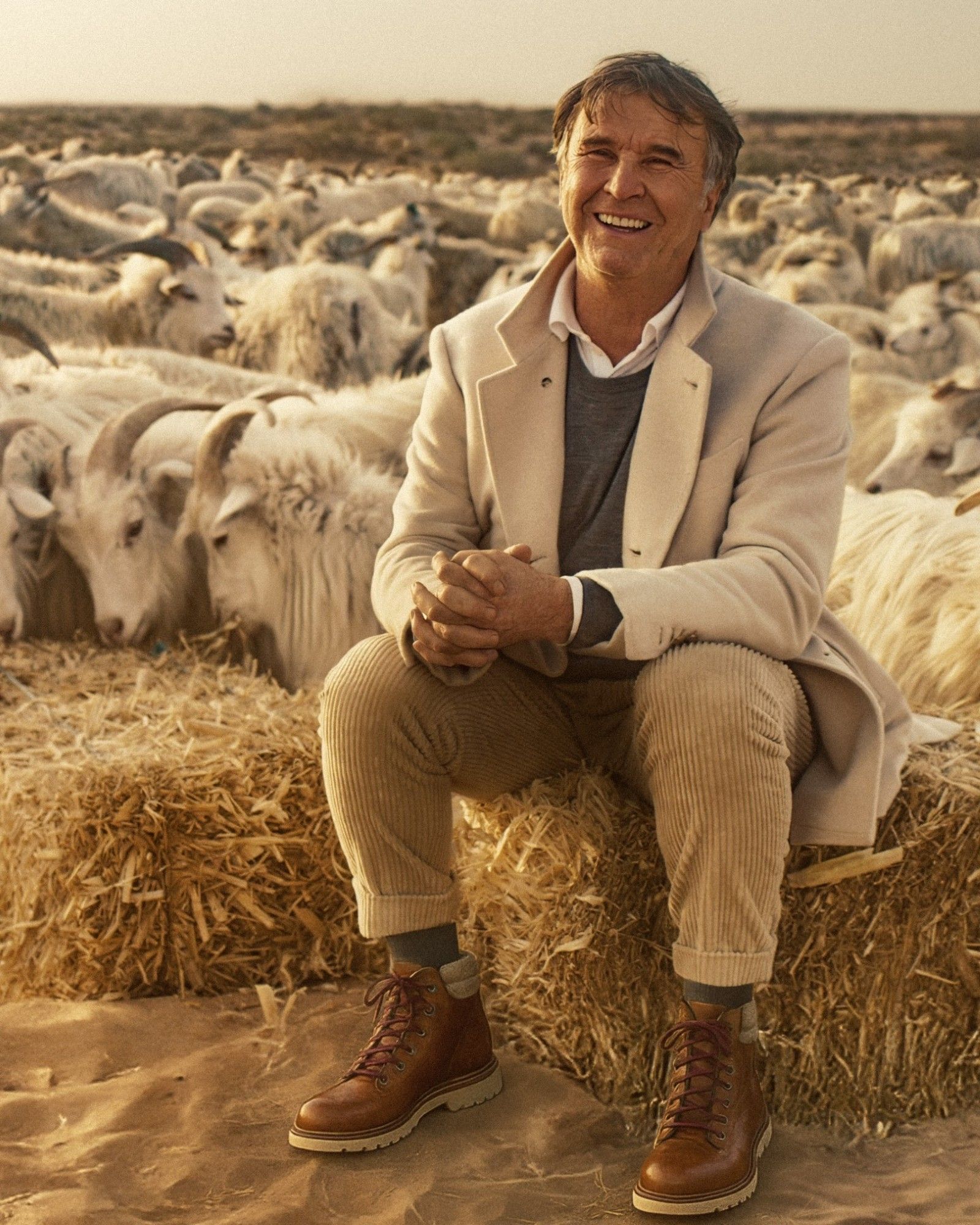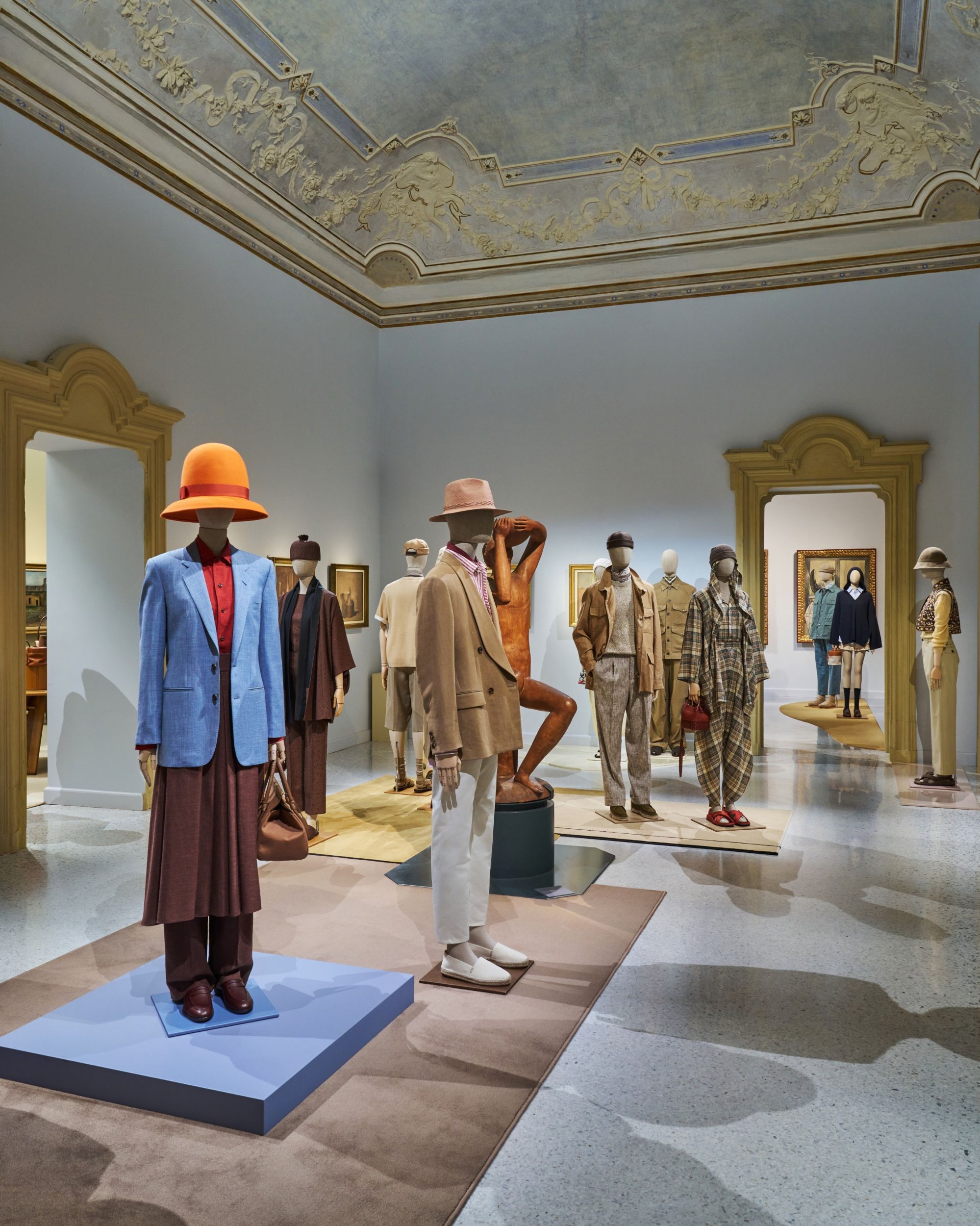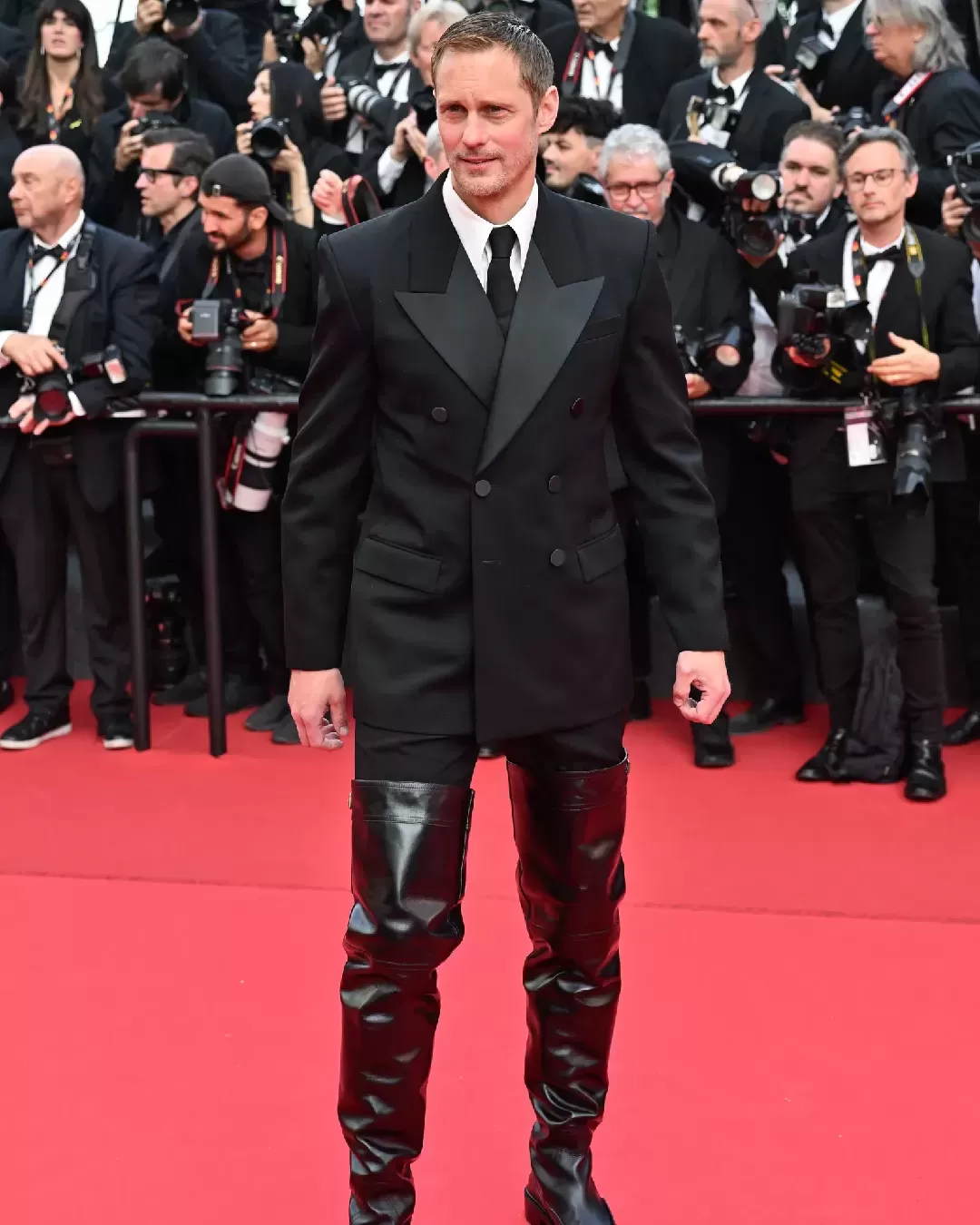
The sleeping giants of Italian luxury From Loro Piana to Brunello Cucinelli, the Italian stealth luxury that today is trying to reinvent itself
«We don't want to make fashion», said Brunello Cucinelli at the conference in Milan on October 28th. «We would like to be the artisans of humanity». A phrase that was referred to the Universal Library project presented last week by the Umbrian designer and entrepreneur, but that could explain well the sometimes enigmatic nature of the brand that bears his name. Cucinelli is famous all over the world for its cashmere sweaters, for its completely neutral and anonymous total looks worn by Jeff Bezos and Mark Zuckerberg, who the designer has signed all the gray t-shirts he wears, as well as by half of the powerful of Silicon Valley. Recently, among other things, the designer spoke at the G20 in Rome shaking hands with politicians and prime ministers, after almost concluding a 2021 in which, in the first quarter, revenues grew by 313.8 million euros in the first quarter alone and an increase in sales of 32.7% in the first nine months of the year and now has 2200 employees and more than a hundred flagships scattered around the world.
Cucinelli's cashmere sweaters, as well as Stefano Ricci's bespoke suits and Kiton's shirts are all expressions of a luxury as extreme as it is discreet, a son of Italian history where, especially in the province, it was not good to flaunt one's well-being with excessively opulent clothes and which therefore has generated over the years its own, sober and above all chastened stylistic code. Cucinelli is perhaps the most famous leader of a series of Italian brands that can be defined as stealth wealth that includes Loro Piana, Kiton, Stefano Ricci but also Canali and Corneliani specialized in a particular type of hyper-traditional tailoring deeply rooted in the ethics of Made in Italy and artisan savoir-faire that today thanks to market macrotrends such as the return of luxury normcore and the fascination for the archive are resuming an international appeal that had disappeared after a decade marked by hype and logomania.
The difference between these brands and all the others is aspirationality, or its absence. An aspirational brand is, by its definition, a brand whose products everyone would like to buy but cannot and therefore invests heavily in marketing, campaigns, fashion shows. In the case of the brands mentioned above, however, the appeal is completely different: all the focus is on cutting and materials, logos practically do not exist, their offer is more suitable for business meetings than for fashion week – yet they are the favorite brands of the richest customers on the planet. Not surprisingly, in June 2019, in the city of Cucinelli, Solomeo, a fraction of the municipality of Corciano in the province of Perugia, the co-founder of LinkedIn, the co-founder of Dropbox, the former and current CEO of Twitter, another half dozen tech executives, the Austrian ambassador of the United States and Jeff Bezos gathered for an unofficial summit based on paccheri and humanistic symposia. The reason why these brands adopt a marketing strategy far from the dynamics of hype is simple: they are already at the top of the food chain – a role that allows them, for example, to devote themselves to "higher" cultural projects, such as the establishment of a Universal Library, and less directly dependent on the easy popularity of social media and the superficial cycle of trends.
LVMH and the struggle for relevance
All the brands that are part of the group of "sleeping giants" are Italian, as mentioned, and often family-run and therefore independent in their operations. The only exception is Loro Piana, 85% owned by LVMH. Unlike LVMH's big players such as Louis Vuitton, Dior or Fendi, Loro Piana is one of the brands "on the bench" of the group, along with Patou, Moynat or Emilio Pucci. For years the brand had its own sales and stores but stayed away from the chaos of mainstream fashion while maintaining a very traditional image. This is why his collaboration with Matthew Williams and Stussy for a workwear capsule last year initially appeared unusual, and even more unusual was the recent capsule created together with the titan of Japanese streetwear Hiroshi Fujiwara. A whole series of movements (including the gossip of a creative direction assigned to Phoebe Philo) that usually precede the start of a comeback of the brand that, last week, has in fact appointed a new CEO, the ex-manager of Dior Couture, Damien Bertrand who, as WWD writes, will «lead a new phase of evolution at Loro Piana and the development of new product categories».
It is clear that, after having sufficiently solidified and expanded the business of its most important brands, LVMH has turned its eyes to Loro Piana, a solid brand even if virtually invisible, sponsor of horse races and regattas between super yachts, but also well known enough to be relaunched – especially at a historical juncture in which, tired of the continuous whirlwind of fashion trends, a part of LVMH's Millennial clientele has gone in search of realness, heritage, concrete artisan quality, a maturity of style that, while remaining in the luxury sector, cannot go out of fashion and is therefore by its nature reassuring and reliable. And if the first collaboration with Matthew Williams and Stussy brought back into the collective consciousness the notion of the quality of Loro Piana's fabrics, it was the second with Fujiwara to express the desire to make younger audiences dialogue with the brand and, therefore, relaunch it among the relevant, desirable, aspirational brands.
Heritage brand in a post-pandemic world
In reality, it is likely that Loro Piana wishes to reposition itself only in part, returning to the spotlight to reclaim the prestige it deserves without becoming excessively commercial. The "awakening" of the brand, however, could suggest to the rest of the other Italian brands of ultra-luxury tailoring to follow its example. One of these is Canali, founded in 1934 and still run by the original family, which has recently co-signed a capsule with the emerging brand 8ON8 directed by Chinese designer Li Gong. The capsule is «an experiment on how to interpret Canali’s iconic tailoring pieces for a younger generation», explained Li Gong to WWD, and signals the brand's willingness to gain visibility among Millennials and Gen Z in the important Chinese market that constitutes about 20% of the brand's global sales that are currently growing. In communicating the capsule to the press, Canali insisted on the credibility and historicity of the company – but also underlining how, in the words of Alessandra Turra of WWD, «one of the biggest challenges that heritage brands are facing now is embracing the future with credibility and authenticity».
This type of challenge, that of updating and innovation, may not represent an urgency for a strong brand like Brunello Cucinelli, for Kiton or Stefano Ricci that last May recorded an increase in sales of 58% driven by China, Russia and the USA also opening three new stores in Bangkok, Kuala Lumpur and Changsha. Yet the slow awakening of Loro Piana and its movement towards Millennials and Gen Z, as well as the desire to expand heritage brands such as Canali, highlights how the shock of the pandemic has created new potential spaces for expansion for a series of brands that, while armed with historical heritage and artisan craftmanship, they have so far remained in the back of fashion. Specifically, the search for timeless quality and credibility by an increasingly young audience following the pandemic has paved the way for this type of change, especially in an important market like China. Right from there, reasoning about the success of a logo-heavy operation like Fendace, Lisa Nan of Jing Daily writes:
«Luxury brands should start re-educating the segment about their heritage, as that is where luxury brand values lay, and reviving it means they will always be able to win. Designs can easily get copied, but a brand’s history cannot. Many local consumers still need to be taught that lesson. [...] That is how strong relationships get built: helping fans understand the value behind the items they purchase.».










































